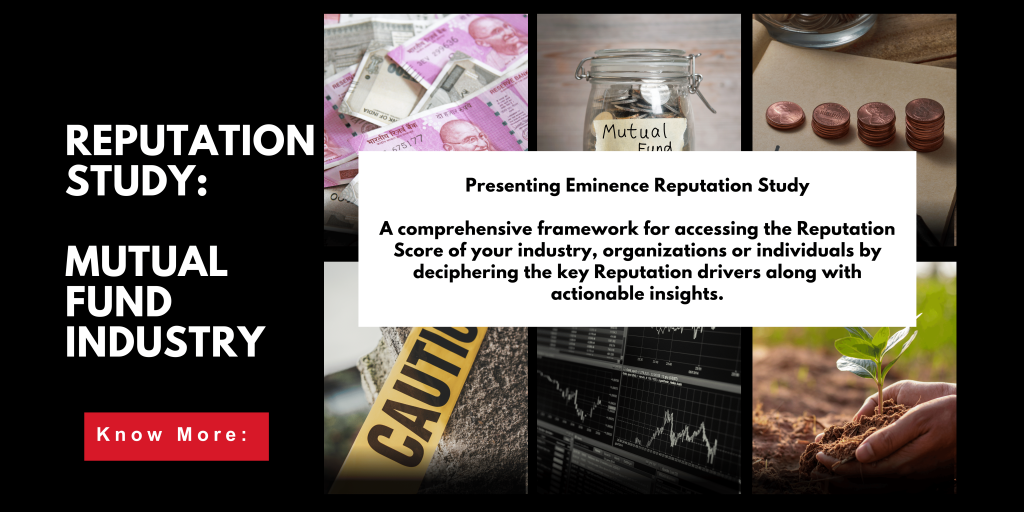
 Scrolling through my Twitter feed a few days back, I came across a tweet by a well known journalist expressing her annoyance at countless press releases on companies giving donations or launching funds towards COVID-19 relief measures. Rightly put by her, a good deed need not be followed by a PR exercise. As much as I can understand and sympathise with the journalist, I was compelled to think about the people who might have sent the press release. Firstly, there could be a PR professional simply doing her job despite trying her best to convince the company that such an exercise is not newsy. Secondly, there could be a company that might even be doing something substantial or radically different, which could, in turn, be inspirational to smaller organisations. If not, it can at least provide important information on the relief measures available. Unfortunately, due to an overload of similar stories, such pieces can be lost. More crucially, it can even lead to a bad reputation for the company and the PR professional.
Scrolling through my Twitter feed a few days back, I came across a tweet by a well known journalist expressing her annoyance at countless press releases on companies giving donations or launching funds towards COVID-19 relief measures. Rightly put by her, a good deed need not be followed by a PR exercise. As much as I can understand and sympathise with the journalist, I was compelled to think about the people who might have sent the press release. Firstly, there could be a PR professional simply doing her job despite trying her best to convince the company that such an exercise is not newsy. Secondly, there could be a company that might even be doing something substantial or radically different, which could, in turn, be inspirational to smaller organisations. If not, it can at least provide important information on the relief measures available. Unfortunately, due to an overload of similar stories, such pieces can be lost. More crucially, it can even lead to a bad reputation for the company and the PR professional.
That begets the question, how can companies communicate such news without seeming desperate?
One of the ways is to create a larger story where charity and other deeds can be weaved in. In fact, recently my team worked on a similar story for a client, where we looked at the holistic picture of the company’s strategy and the different steps they took to contribute towards a solution. We took different bits of information from several departments within the organisation and highlighted some interesting activities. The client had worked with government authorities to clarify the term “essential businesses”, connected with retailers across India and even provided on-ground support for distribution and supply to overcome movement restrictions. These inputs were made into a single story around the company’s strategy of working on a war-footing and providing essential services to those in need.
A second method I found particularly useful was pitching for a business story. While journalists are pressurised into tight deadlines and are short-staffed, they are also looking for stories that affect industries like MSMEs, MFIs and NBFCs. It is hence worthwhile to explore getting featured in a business story alongside other players and share your clients’ experience. This could include the challenges faced and what the company is doing differently. For example, while MSMEs are struggling with financial challenges, there could be some companies doing something worthwhile in terms of outreach, which could show courage to their name and add to the larger narrative of the community. Although it may not be a full-length story with the client’s name in the headlines, it is a good way to keep the client’s name relevant in the media.
Finally companies must also realise that there are multiple platforms to publicise. ‘Owned media’ comes in handy here, and sometimes it also leads to ‘earned media’ visibility. Using the company’s social media platforms to communicate a certain message along with relevant hashtags and tagging can truly be a dark horse in such cases. A well-drafted social media creative can also do wonders for the company. More importantly, it can reach out to the stakeholders most directly connected with the company and provide them with valuable insights on steps taken by the organisation.
Blowing your own trumpet can come off as opportunistic in such times. At the same time, PR professionals must continue working to keep their clients relevant. A very thin line separates the two. Thinking about what a journalist might want to work on becomes even more crucial than always. The key is to talk about something that will genuinely add value to a reader, and avoid large-scale campaigns that might be seen as an ill-timed promotional activity.











